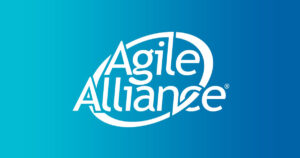The deeper we go down the path of scaled agile transformation, the more we are learning that adding additional process and additional complexity can only ever get us part of the way there. At some point size and complexity is going to limit our ability to be truly agile. To be truly agile, we have to reduce size and complexity and move toward greater organizational simplicity.
The challenge is that large organizations ARE often complex and usually anything but simple. Most agile transformations get started by either ignoring the complexity inherent in the system or by wrapping that complexity in planning constructs that can help in the short run, but are ultimately doomed to limit your business agility over time. There has to be another way.
To really achieve agility at scale, we have to stop chasing more advanced ways to manage complexity and seek out more effective patterns for moving toward greater simplicity. In short, it’s not the end state of an agile transformation that we must stay focused on, it’s the systematic process of reducing complexity that is critical to achieving your ultimate business goals.
To transform any sized organization into an agile enterprise, there are only three things you need to know to be successful:
1. You must have complete cross functional teams
2. You must have clear backlogs
3. You must have the ability to produce a working, tested increment of product on regular intervals.
Every other benefit of agile is impossible without creating these three conditions for success; everything that gets in the way of creating these three conditions is an impediment to your transformation which has to be removed; and your transformation roadmap should be solely focused on how your going to make all this possible in your organization. Until you make this happen… nothing much else is going to matter.
This talk will explore patterns for creating cross-functional teams at scale, what that looks like, what get’s in the way, and how to get there. We’ll discover why clear backlogs are so hard to create and what you’ll need to do about it. Warning, this will not be easy! Finally, we’ll discuss why working tested software created on regular intervals is the secret sauce to actually getting the business benefits your organization is looking for.





